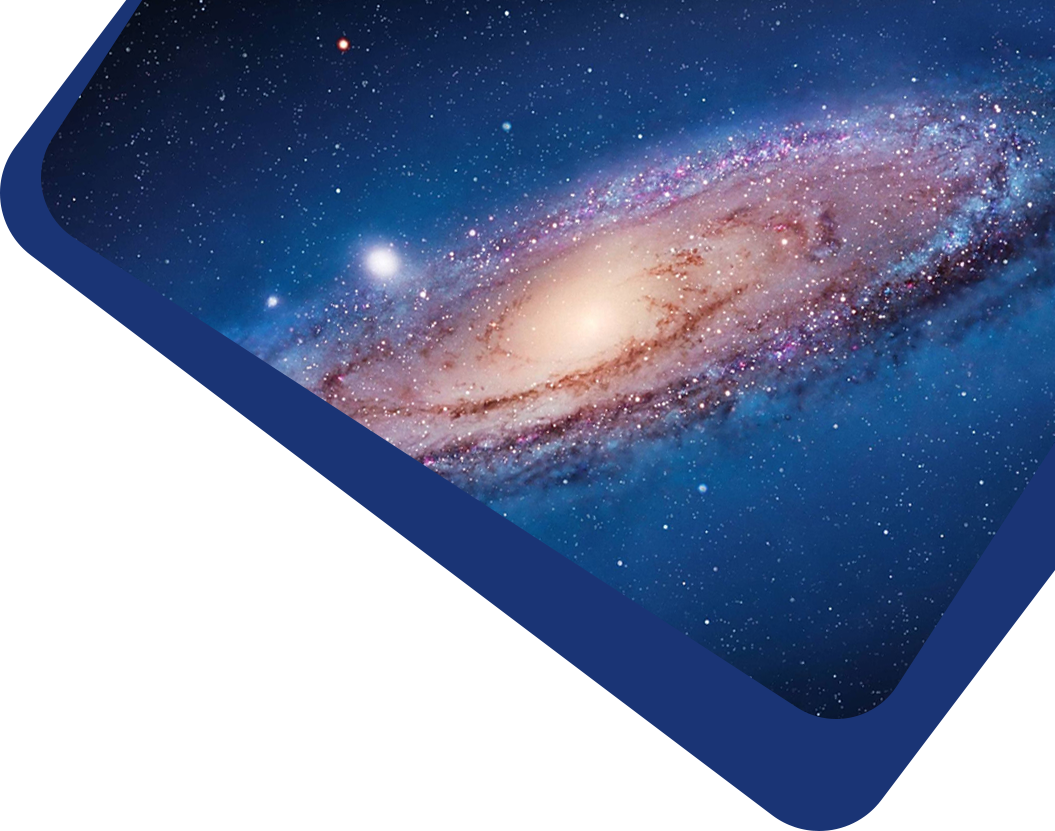

In this paper, we perform a follow-up investigation of the solar eruption originating from active region 13575 on 2024 February 9. The primary eruption of a hot channel generates an X3.4 class flare, a full-halo coronal mass ejection (CME), and an extreme-ultraviolet (EUV) wave. Interaction between the wave and a quiescent prominence (QP) leads to a large-amplitude, transverse oscillation of QP. After the transverse oscillation, QP loses equilibrium and rises up. The ascending motion of the prominence is coherently detected and tracked up to ∼1.68 R⊙ by the Solar UltraViolet Imager onboard the GOES-16 spacecraft and up to ∼2.2 R⊙ by the Solar Corona Imager (SCI_UV) of the Lyα Solar Telescope onboard the ASO-S spacecraft. The velocity increases linearly from 12.3 to 68.5 km s−1 at 18:30 UT. The sympathetic eruption of QP drives the second CME with a typical three-part structure. The bright core comes from the eruptive prominence, which could be further observed up to ∼3.3 R⊙ by the Large Angle Spectroscopic Coronagraph onboard the Solar and Heliospheric Observatory mission. The leading edge of the second CME accelerates continuously from ∼120 to ∼277 km s−1. The EUV wave plays an important role in linking the primary eruption with the sympathetic eruption.
Key words: Sun: flares– Sun: filaments, prominences– Sun: coronal mass ejections (CMEs)
There are currently no refbacks.
It accepts original submissions from all over the world and is internationally published and distributed by IOP